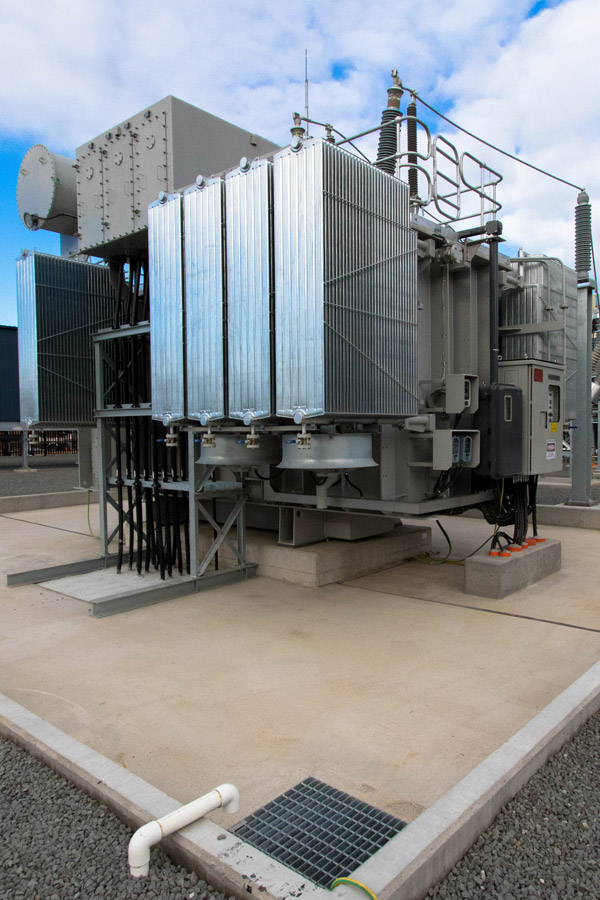
Power Substation Design
Welcome to Wilken, your trusted Private High voltage contractor, Level 1 and 3 ASP for electrical substations. We specialise in the design and construction of Zone, Chamber, and Padmount / Kiosk Substations, including transmission lines, earthing grid, 11kV, 33kV, 66kV and 132kV cabling. We’re not just about the talk; we’re about the work, and we’re here to give you the lowdown on what we do best.
Choosing Wilken means choosing quality, reliability, and a team that’s as fair dinkum as they come. We’re committed to delivering top-notch service, ensuring that your power substations are running smoothly and efficiently. With our extensive experience and expertise, we’re the team you can trust for all your electrical substation needs.
Electrical Substation Construction
Electrical substations are the backbone of any power system. They’re the junction points where electricity is transformed from high to low voltage or vice versa, ensuring that power reaches your homes, businesses, and industries safely and efficiently. Wilken specialises in electrical substation construction for Zone, Chamber and Padmount Kiosk Substations.
Zone Substations
Zone substations are the big players in the power distribution game. They take the high voltage power from transmission lines and transform it down to a voltage that’s safe for local distribution. These substations are critical to ensuring that power is distributed efficiently across large areas, such as entire suburbs or industrial zones.
Chamber Substations
Chamber substations, on the other hand, are typically found in urban areas or large buildings. They’re smaller than zone substations but play a crucial role in transforming voltage levels for specific areas. Whether it’s a high-rise building in the CBD or a bustling shopping centre, our team at Wilken ensures these substations are up to the task.
Padmount Kiosk Substations
Padmount Kiosk Substations are compact, ground-mounted units that are often used in residential areas or small commercial districts. They’re designed to be unobtrusive and are usually tucked away out of sight. Despite their small size, they play a big role in keeping the lights on in our homes and businesses.
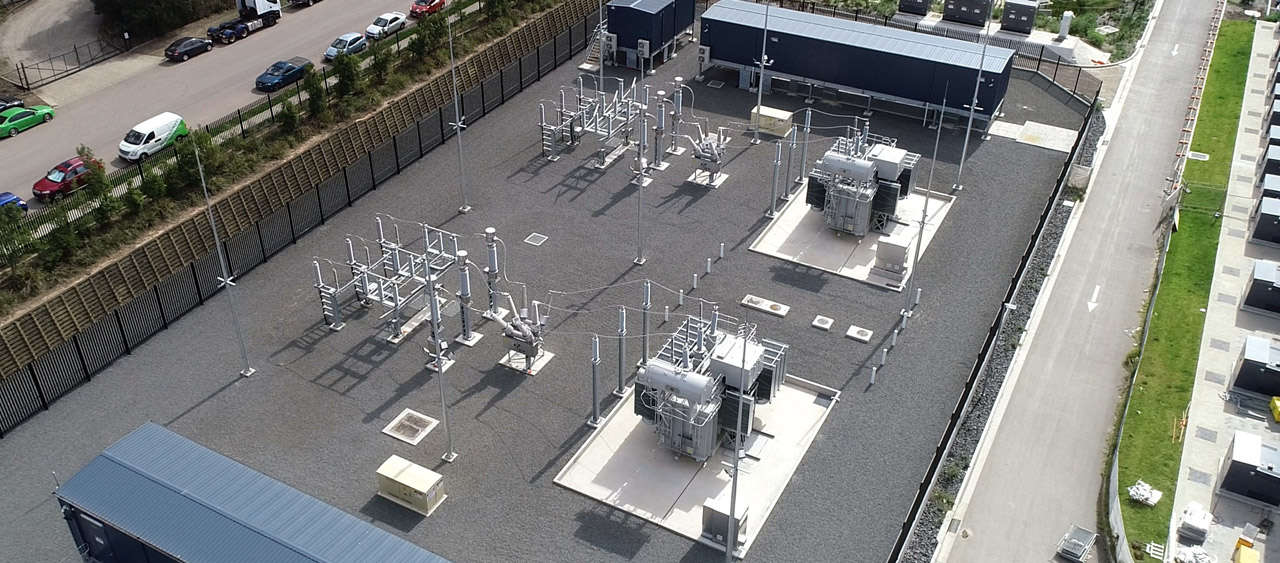
What is a Substation?
A substation is a crucial component of the electrical power grid, serving as a connection point between the transmission network, electricity generators, large load customers, and the lower voltage distribution network. Substations are strategically located around the region to move high-voltage power over long distances to where it’s needed most.
Contrary to what some may think, substations do not generate power. Instead, they transform the voltage of the electricity produced by the generator, increasing it from an average of between 12,000 and 22,000 Volts, up to transmission voltages of 132,000 and 275,000 Volts. This high voltage electricity is then transported over long distances via transmission lines. Upon reaching its destination, the voltage is transformed back down to 66,000, 33,000 or 11,000 Volts to enter the distribution network, making it safe for use in homes and businesses.
Substations house a variety of equipment, the largest being transformers. They also include small buildings for staff facilities and technology for protection and control systems. This technology allows the site to be remotely monitored and operated from a central control room.
Some substations, known as switchyards, do not house transformers. These switchyards are remotely operated to re-route power supplies where there is an immediate or critical need.
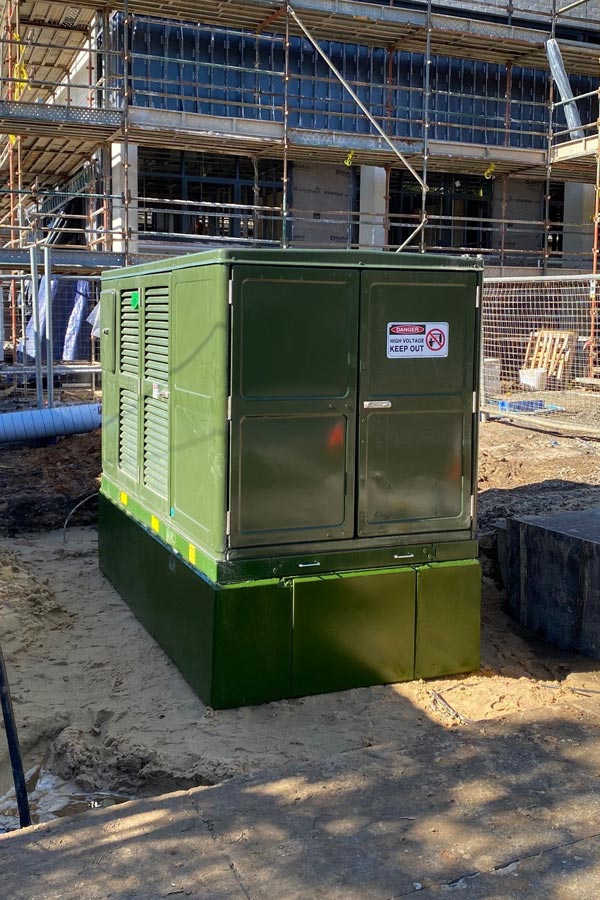
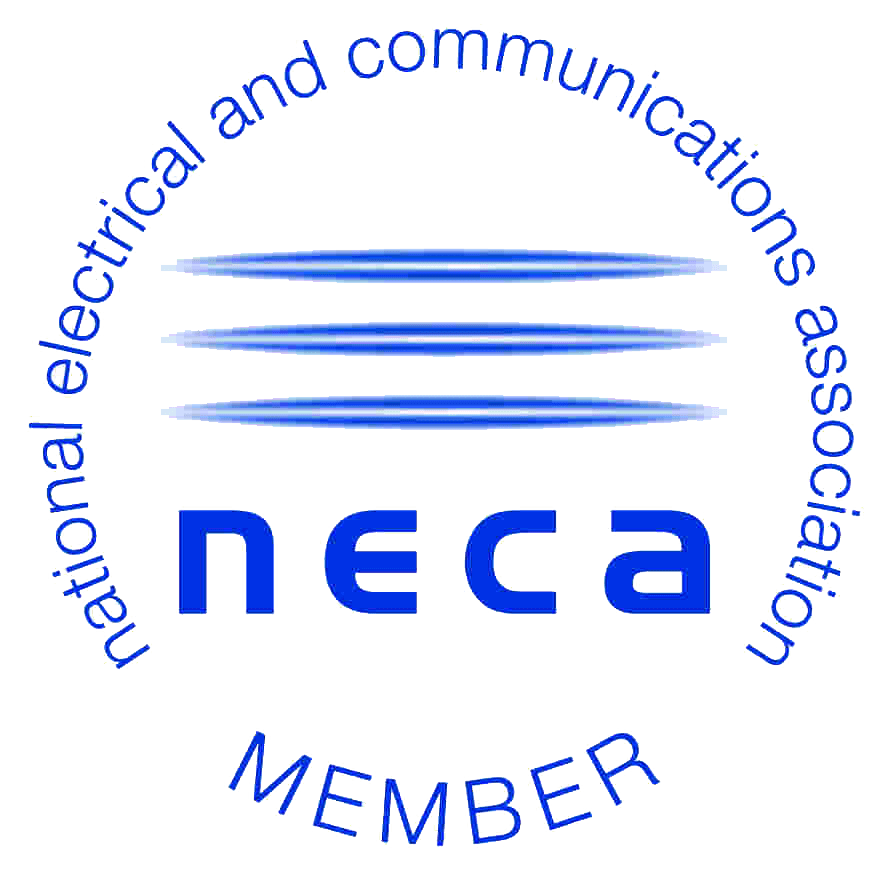
Electrical substations also contain other essential equipment such as surge arrestors, which protect the substation from voltage spikes on the transmission lines, and line disconnectors, which allow transmission lines and equipment within the substation to be safely isolated for maintenance work. Circuit breakers, automatic switches that interrupt electrical flow to de-energise equipment and clear faults, are also a key component of a substation.
In addition, substations are equipped with gantries that guide transmission lines into the substation, voltage and current transformers that measure voltage and current entering and moving through the substation, and communications towers that allow substations to be remotely monitored and operated.
Substations also feature busbars, conductors that connect equipment within the substation, ensuring efficient power distribution. Weather stations are another critical component, providing real-time information about localised conditions that could affect the safe and reliable operation of the transmission network. Light poles are also present, providing essential lighting for crews that might need to attend the site in the event of a fault.
Despite the high voltage and complex equipment, substations are generally very quiet during operation. Typically, the low hum from a transformer can only be heard when standing near the substation site’s boundary. Electrical safety is a top priority, with multi-layered security and safety measures in place to ensure public safety, protect the integrity of the equipment, and assure the ability of the transmission network to ‘keep the lights on’.
